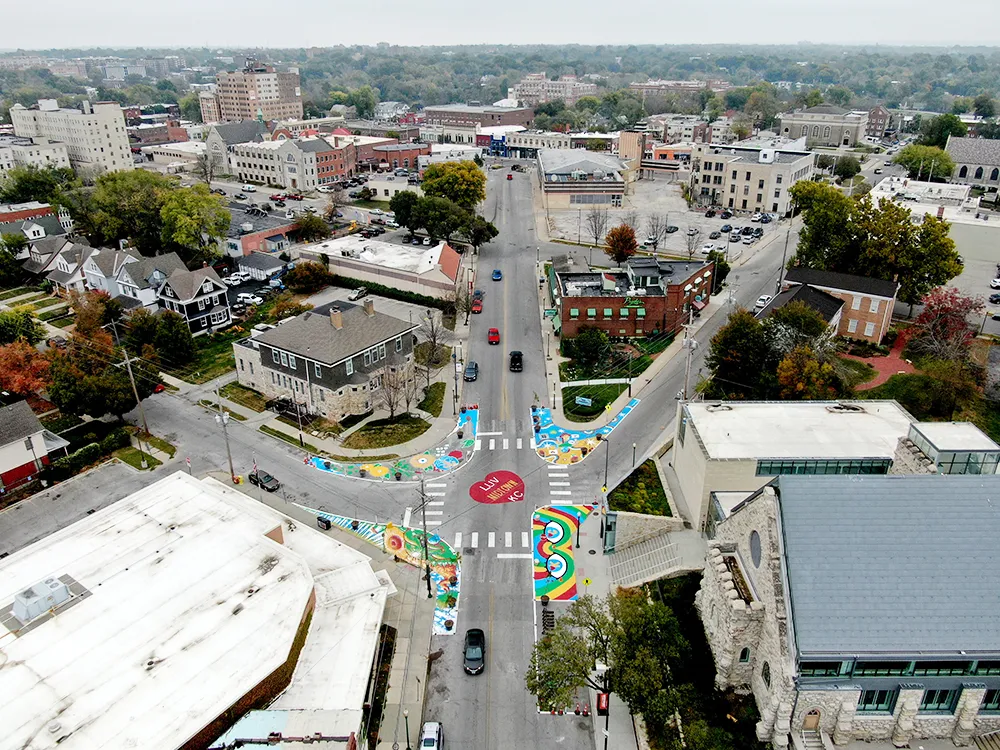Cyclists across England are set to benefit from safer roads thanks to a £40 million (US$60.9 million) boost to improve dangerous routes and junctions announced by Transport Minister Norman Baker. The money will be made available to improve the design and layout of roads at 78 locations across the country, with all schemes due for completion within the next 12 months. The schemes are a mix of improvements including the reallocation of road space, significant simplification of road layouts, changes in priorit
April 8, 2013
Read time: 2 mins
Cyclists across England are set to benefit from safer roads thanks to a £40 million (US$60.9 million) boost to improve dangerous routes and junctions announced by Transport Minister Norman Baker.
The money will be made available to improve the design and layout of roads at 78 locations across the country, with all schemes due for completion within the next 12 months.
The schemes are a mix of improvements including the reallocation of road space, significant simplification of road layouts, changes in priority, changes in junction layouts, designs that lower speed, changes to crossings and the provision of bypasses, such as a bridge link.
The schemes, which cover every geographical region apart from London, are being offered funding with a £20 million (US$30.6 million) government grant and £20 million local authority match-funding, and have been selected for their positive impact on safety. To choose the best schemes, the department has been supported by a panel of experts, led by the transport charity Sustrans. All schemes will commence once confirmations have been secured from co-funders.
Announcing the funding, Norman Baker said: “Cycling is healthy and reduces congestion so it is welcome news that more and more people are taking to two wheels. Ensuring this funding is targeted where improvements will make a real difference to cyclists is just one way we are ensuring this trend continues.
“This is part of the £107 million US$163m investment we have announced in cycling infrastructure over the last year, over and above the £600 million US$914m we have invested through the Local Sustainable Transport Fund. We have launched a THINK! ‘Let’s look out for each other’ campaign and have made it easier for councils to set 20 miles per hour (mph) speed limits and install mirrors at junctions so drivers are better able to see cyclists.”
Road Safety Minister Stephen Hammond said: “Keeping people safe on our roads is of paramount importance to me. This money will enable local authorities to put in place well targeted measures to protect cyclists across the country.”
The money will be made available to improve the design and layout of roads at 78 locations across the country, with all schemes due for completion within the next 12 months.
The schemes are a mix of improvements including the reallocation of road space, significant simplification of road layouts, changes in priority, changes in junction layouts, designs that lower speed, changes to crossings and the provision of bypasses, such as a bridge link.
The schemes, which cover every geographical region apart from London, are being offered funding with a £20 million (US$30.6 million) government grant and £20 million local authority match-funding, and have been selected for their positive impact on safety. To choose the best schemes, the department has been supported by a panel of experts, led by the transport charity Sustrans. All schemes will commence once confirmations have been secured from co-funders.
Announcing the funding, Norman Baker said: “Cycling is healthy and reduces congestion so it is welcome news that more and more people are taking to two wheels. Ensuring this funding is targeted where improvements will make a real difference to cyclists is just one way we are ensuring this trend continues.
“This is part of the £107 million US$163m investment we have announced in cycling infrastructure over the last year, over and above the £600 million US$914m we have invested through the Local Sustainable Transport Fund. We have launched a THINK! ‘Let’s look out for each other’ campaign and have made it easier for councils to set 20 miles per hour (mph) speed limits and install mirrors at junctions so drivers are better able to see cyclists.”
Road Safety Minister Stephen Hammond said: “Keeping people safe on our roads is of paramount importance to me. This money will enable local authorities to put in place well targeted measures to protect cyclists across the country.”








